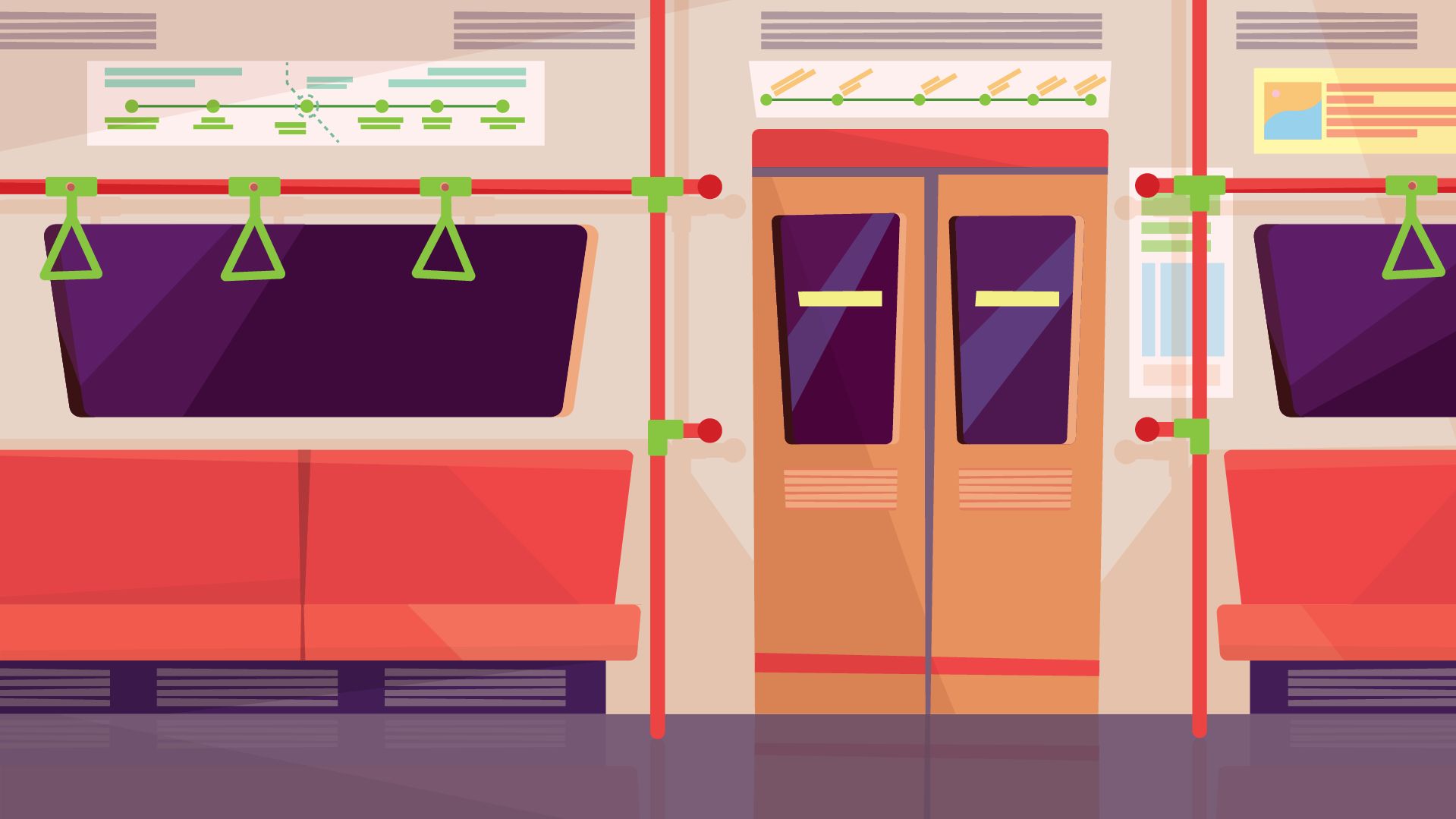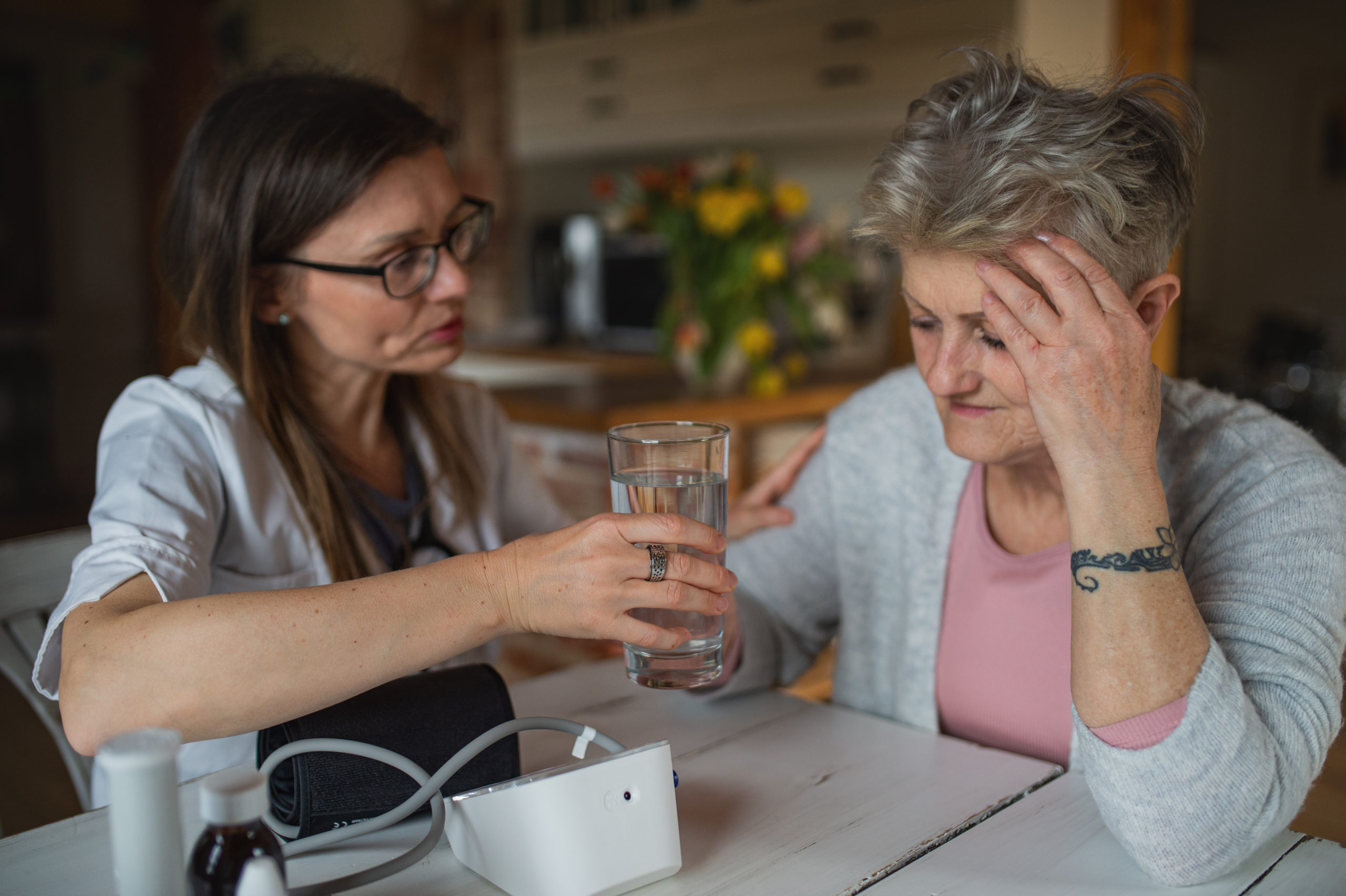Supporting Those with Disabilities, Think Work, Work, Supported Employment, Tools We Make, Supported Living
Cognitopia Think Work: How to Prepare for Work the Next Day
Getting ready for your next day of work the night before will save you time, reduce anxiety, and make things easier. Getting to work on time is important, and getting the right start
Supporting Those with Disabilities, Think Work, Work, Supported Employment, Tools We Make
Cognitopia Think Work: How to Stock Store Shelves
Working at your job involves doing may involve doing things in a very specific way. For instance, if If you work in a retail store you might need to know how to stock store shelves
Think Work, Work, Supported Employment, Tools We Make
Cognitopia Think Work: Using Public Transportation to Get to Work
You applied and got the job. Now you need to figure out how to get there! With Routines, you can create step-by-step directions to use on your phone to help
Work, Supporting Those with Disabilities, Think Work, Tools We Make
Cognitopia Think Work: How to Write an Elevator Pitch
Whether it’s a job you’re trying to get or a personal story you want to tell, knowing how to prepare an “elevator pitch” is a valuable skill. An elevator pitch is a brief, clear description of your work goal or idea
Dementia, Supporting Those with Disabilities, Life, Work, autism news, Families/Parents, Supported Employment, Supported Living, College Disability Programs
Direct Support Professionals Recognition Week September 11-17
The work performed by direct support professionals (DSPs) is critical to quality of life for people with intellectual and developmental disabilities (IDD). In Oregon alone, where Cognitopia is based, over
Supporting Those with Disabilities, Think Work, Life, Work, Tools We Make
Cognitopia Daily Living: How to Wash Laundry
OPEN THE How To Wash Laundry ROUTINE HERE: Knowing how to clean your clothes is an important daily living skill. Clean clothes make us feel and look better and are
Think Work, Work, Supporting Those with Disabilities, Tools We Make
Cognitopia Think Work: How to Prepare for an In-person Job Interview
Job interviews can be stressful. However, with a few easy steps and some multimedia guidance from Cognitopia’s Routines tool, the process of preparing for a job interview can be done
Think Work, Work, Supporting Those with Disabilities, Tools We Make
Cognitopia Think Work: How to Conduct a Job Search Online
In honor of National Disability Employment Awareness Month (#NDEAM) The Cognitopia Think Work series of blog post offers helpful routines to find and sustain employment for individuals with autism and
Cognitopia Cares.








